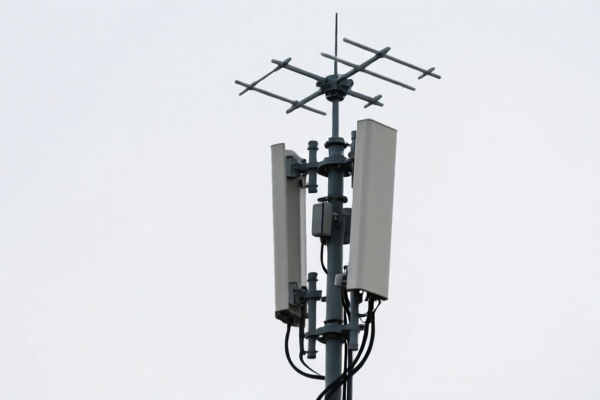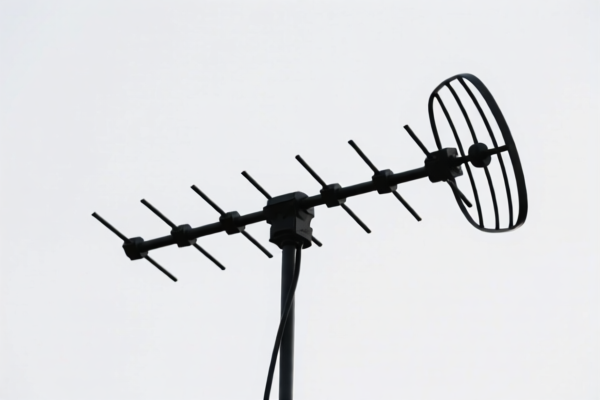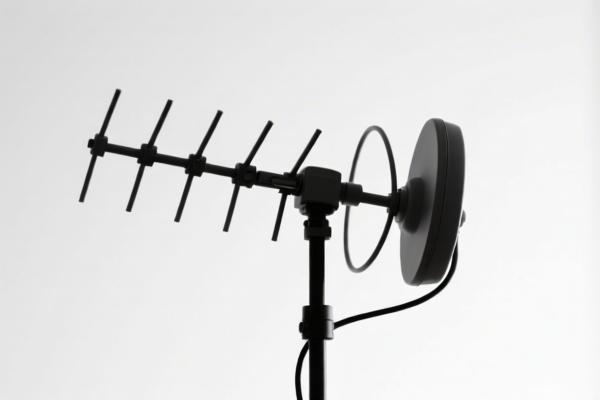| HS Code | Official Doc | Tariff Rate | Origin | Destination | Effective Date |
|---|---|---|---|---|---|
| 8526100020 | Doc | 55.0% | CN | US | 2025-05-12 |
| 8526100040 | Doc | 55.0% | CN | US | 2025-05-12 |
| 8537109170 | Doc | 57.7% | CN | US | 2025-05-12 |
| 8537109160 | Doc | 57.7% | CN | US | 2025-05-12 |
| 8535908060 | Doc | 57.7% | CN | US | 2025-05-12 |
| 8535904000 | Doc | 57.7% | CN | US | 2025-05-12 |
| 7308200020 | Doc | 80.0% | CN | US | 2025-05-12 |
| 7308907000 | Doc | 80.0% | CN | US | 2025-05-12 |
| 9406900190 | Doc | 82.9% | CN | US | 2025-05-12 |
| 9406900130 | Doc | 82.9% | CN | US | 2025-05-12 |
| 7326908688 | Doc | 82.9% | CN | US | 2025-05-12 |
| 7326901000 | Doc | 80.0% | CN | US | 2025-05-12 |
| 3926903000 | Doc | 59.2% | CN | US | 2025-05-12 |
| 3926909989 | Doc | 42.8% | CN | US | 2025-05-12 |
| 3901909000 | Doc | 61.5% | CN | US | 2025-05-12 |
| 3901905501 | Doc | 61.5% | CN | US | 2025-05-12 |




Antenna Base
An antenna base is a foundational component in wireless communication systems, providing both physical support and, critically, electrical connections for an antenna. Its design and materials are dictated by the antenna type, operating frequency, and intended environment.
Materials
Antenna bases are commonly constructed from the following materials:
- Metals: Aluminum alloys are prevalent due to their lightweight nature, corrosion resistance, and good conductivity. Steel is used for greater strength, particularly in larger installations. Brass is utilized for its excellent conductivity and machinability.
- Plastics/Polymers: UV-resistant plastics like Polyvinyl Chloride (PVC), Polycarbonate, or Acrylonitrile Butadiene Styrene (ABS) are employed for insulating components and weather protection. Fiberglass is used for strength and dielectric properties.
- Composite Materials: Increasingly, composite materials offer a balance of strength, lightweight properties, and corrosion resistance.
Purpose
The primary purposes of an antenna base are:
- Physical Support: To securely hold the antenna in a desired orientation and height.
- Electrical Connection: To provide a low-loss connection between the antenna element and the transmitting/receiving equipment (transceiver, radio, etc.). This includes connections for the signal conductor(s) and often a ground plane.
- Weather Protection: To shield the antenna connections and base structure from environmental factors like rain, snow, and UV radiation.
- Mounting Interface: To allow for attachment to various structures like masts, poles, roofs, or vehicles.
- Grounding: Providing a reliable grounding path for the antenna system, crucial for safety and performance.
Function
The function of an antenna base extends beyond simple support. It must:
- Minimize Signal Loss: The base should not introduce significant impedance mismatch or signal attenuation. Connectors and materials are chosen to optimize signal transfer.
- Maintain Impedance Matching: Proper impedance matching between the antenna, base, and transmission line is vital for efficient radiation and reception.
- Provide Mechanical Stability: The base must withstand wind loads, vibrations, and other environmental stresses without compromising antenna alignment or signal quality.
- Ensure Corrosion Resistance: The base materials should resist corrosion to maintain electrical conductivity and structural integrity over time.
Usage Scenarios
Antenna bases are utilized in a wide range of applications:
- Mobile Communications: Cell towers, base stations, vehicle-mounted antennas (e.g., for emergency services, taxis).
- Wireless Internet: Residential and commercial Wi-Fi access points, point-to-point wireless links.
- Satellite Communications: Satellite dishes, VSAT (Very Small Aperture Terminal) systems.
- Radio Broadcasting: AM/FM radio antennas, television broadcast antennas.
- Amateur Radio: Ham radio antennas, often customized for specific frequencies and applications.
- Navigation: GPS antennas, radar systems.
- IoT (Internet of Things): Antennas for connected devices, sensors, and smart infrastructure.
Common Types
- Tripod Bases: Offer stability and portability, often used for temporary installations or directional antennas.
- Mast Mounts: Designed for attachment to vertical masts or poles, common in cell towers and broadcast applications.
- Roof Mounts: Specifically engineered for secure attachment to various roof types, including flat, pitched, and tile roofs.
- Wall Mounts: Used for indoor or outdoor antennas, providing a fixed mounting point on a wall.
- Vehicle Mounts: Magnetic, NMO (New Motorola), or trunk lip mounts for antennas on vehicles.
- Ground Plane Kits: Provide a dedicated ground plane for antennas that require one, improving performance.
- Coaxial Cable Connectors: While not bases themselves, connectors (BNC, N-Type, SMA, SO-239, etc.) are integral components of the base, providing the electrical connection.
- Sector Base: Specifically designed for sector antennas, allowing for multiple antennas to be mounted in a single location.
Based on the provided information, “antenna base” can be classified under the following HS codes:
- 7308200020: Structures (excluding prefabricated buildings of heading 9406) and parts of structures (for example, bridges and bridge sections, lock gates, towers, lattice masts, roofs, roofing frameworks, doors and windows and their frames and thresholds for doors, shutters, balustrades, pillars and columns) of iron or steel: Towers and lattice masts Tubular, whether or not tapered, and sectional components thereof. This code covers structures and parts of structures made of iron or steel, specifically including towers and lattice masts. An antenna base, if constructed from iron or steel and designed as a tower or mast, would fall under this classification. The total tax rate is 80.0%.
- 7308907000: Structures (excluding prefabricated buildings of heading 9406) and parts of structures (for example, bridges and bridge sections, lock gates, towers, lattice masts, roofs, roofing frameworks, doors and windows and their frames and thresholds for doors, shutters, balustrades, pillars and columns) of iron or steel; plates, rods, angles, shapes, sections, tubes and the like, prepared for use in structures, of iron or steel: Other: Steel grating. If the antenna base is made of steel grating, it would fall under this classification. The total tax rate is 80.0%.
- 7326908688: Other articles of iron or steel: Other: Other: Other: Other Other. This code covers a broad category of other articles of iron or steel. If the antenna base doesn't fit into the more specific categories above and is made of iron or steel, it could be classified under this code. The total tax rate is 82.9%.
Regarding HS codes 7308200020 and 7308907000, please note the 25%加征关税 on steel and aluminum products, which increases to 30.0% after 2025.4.2.
Regarding HS code 7326908688, please note the 25%加征关税 on steel and aluminum products, which increases to 30.0% after 2025.4.2.
Customer Reviews
No reviews yet.